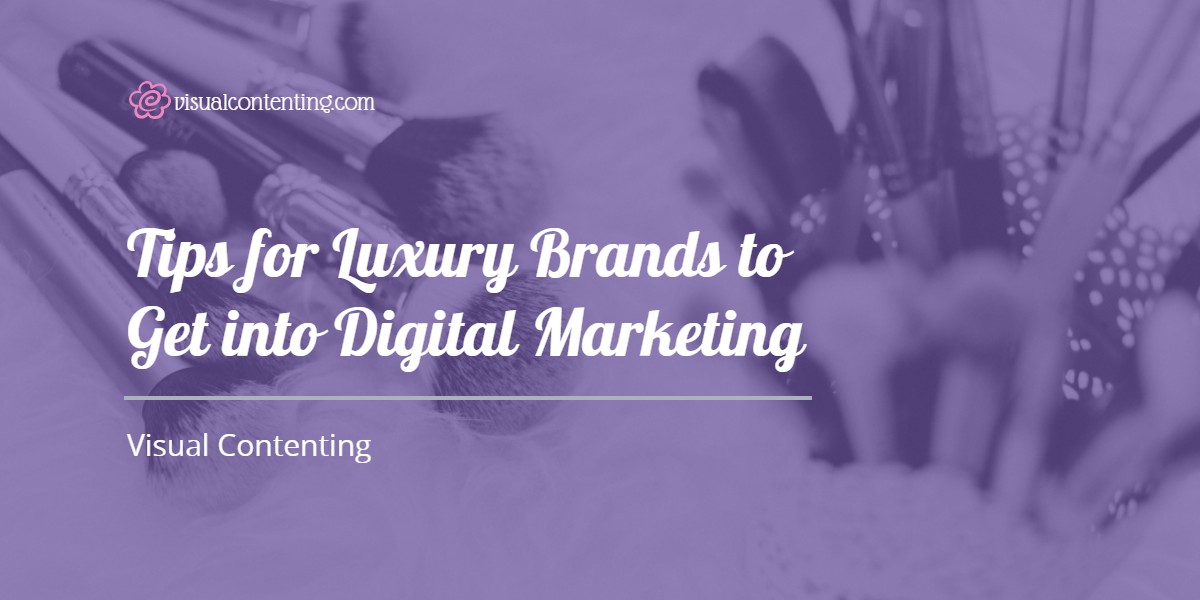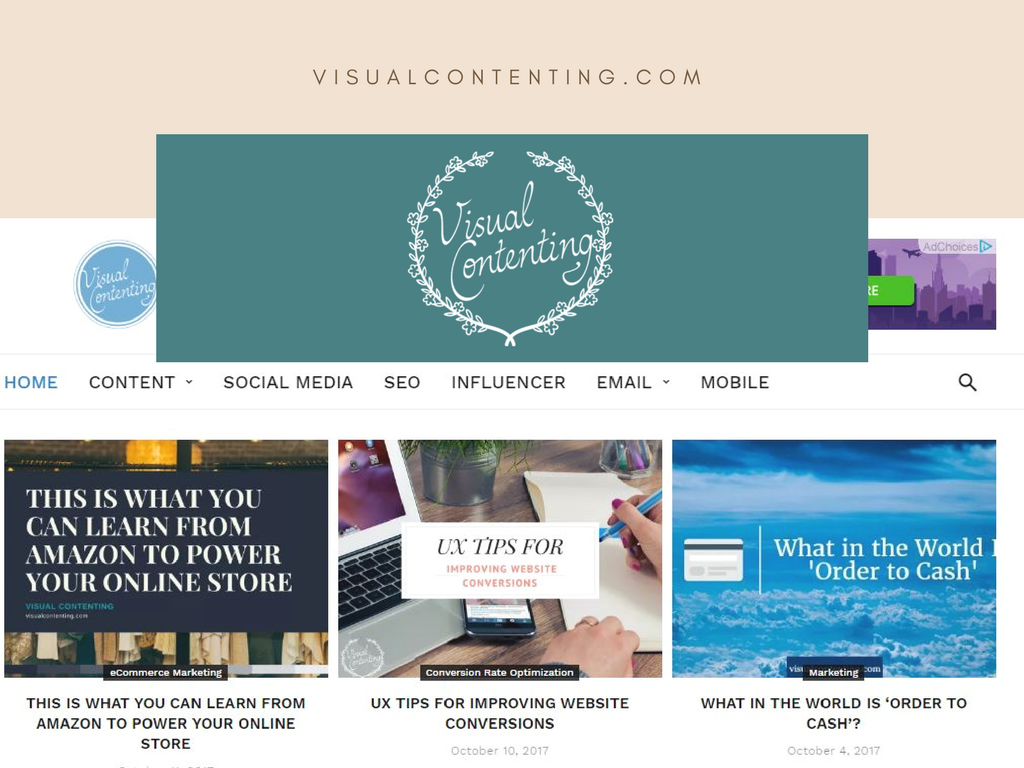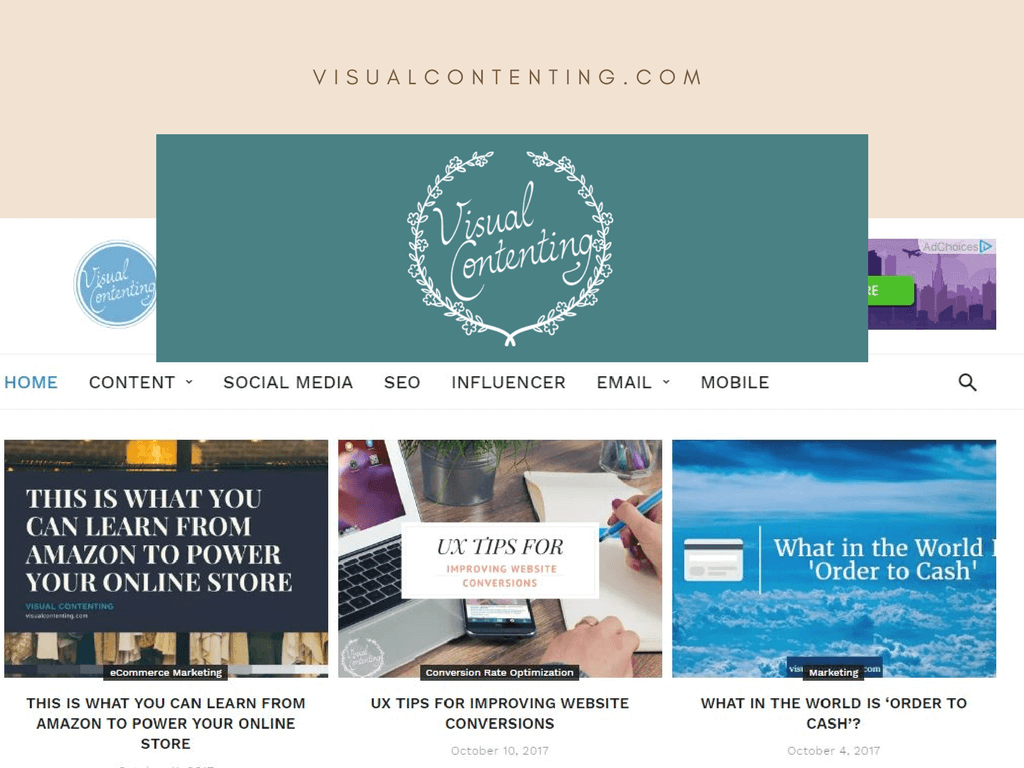Many luxury brands are unsure about moving into the digital marketing space, but with the readership of print media rapidly declining, necessity has forced the hand of executives. In order to survive in the 21st century, luxury brands will need to adapt to the new online landscape to maintain a customer base and stay relevant to today’s audience.
#1. Utilize Social Media
The importance of social media in building and maintaining a loyal brand following cannot be overstated. Unlike traditional media, social posts can be pinned, liked, re-tweeted, commented and shared, allowing customers to engage with their brands in a whole new way. Active social media accounts will keep brands in the forefront of their customers’ minds as they’re clicking and scrolling through their feeds each day. Create strong visuals and clever posts that can be shared amongst users on Facebook and Twitter to get your product trending outside your group of followers.
#2. Find Online Ambassadors for the Brand
Influencers are an ideal way to target market segments without blowing the advertising budget. This brand of marketing is particularly effective for luxury businesses which historically have a smaller audience. Consider the luxury fashion brand Gucci, who used influencers to launch a digital campaign as part of its rebranding in 2015. Web-based creatives circulated reinterpreted images of Gucci watches among their loyal followers to great success. A year later, and the company was back to turning a profit thanks to rising sales.
#3. Be Mobile Friendly
With 71 percent of web traffic coming from cell phones, it’s crucial that your online presence is easily navigated on digital devices. Many luxury brands still have large, slow websites that look beautiful on desktop computers, but can be very hard to navigate. If you’re selling a product online, and the checkout process is too long or too tedious, then customers are much more likely to give up and shop elsewhere. Direct cell phones to a lightweight mobile site which focuses on the products themselves and are functional, easy to use and load quickly over a mobile connection.
#4. Use Your Brand History
One of the biggest strengths of luxury brands is their long history of quality products and customer loyalty. Pointing to past success makes your audience more confident in your current products, yet numerous brands don’t make this a core part of their marketing focus online. Your brand history is what sets you apart from competing products, so make sure you have a clear visualization of your story on social media accounts and flagship websites.
#5. Be Exclusive Online
Exclusivity is one of the things that make luxury brands so desirable to consumers. Historically, brands like Hermés only catered to an inner circle of elite customers, and in a globalized society focused so heavily on marketing, many luxury companies feel as though this is no longer attainable. Online private member groups, special loyalty perks, concierge services and special products for VIP members – it’s possible to cater to that exclusive customer base while building an online audience across the world.
Related Posts
Community manager at Visual Contenting. Jacqueline loves to talk about social media trends, new technology and how they help businesses accelerate their marketing efforts.







